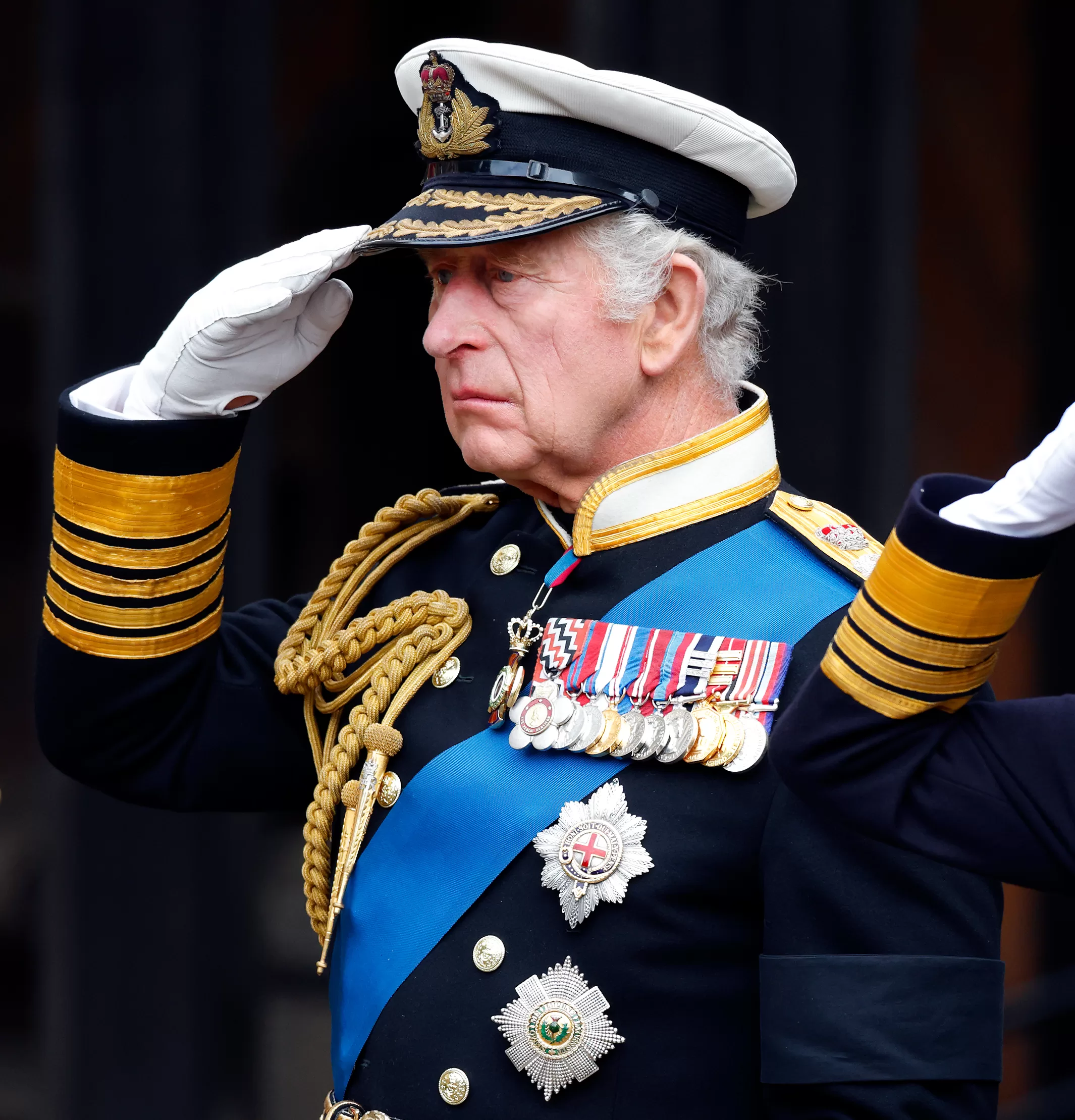It involves dozens of people across all sorts of agencies across the country and has for decades had a codename.
What is Operation Menai Bridge?
Operation Menai Bridge is the codename for the death of our current monarch, King Charles III.
He became King on September 8, 2022 – the day Queen Elizabeth II died.
The late Queen had reigned for 70 years, and her death had the codename Operation London Bridge for decades.
A similar plan has been put in place for the King, who celebrated his 75th birthday on November 14, 2023.
The preparation helps matters run smoothly in the hours and days after the monarch’s death.
And Royal Protection Officer, Simon Morgan, said preparations begun shortly after the Queen died.
In an interview with Today, he said in 2022: “Even the King said in his acceptance that he will take this role for as long as life allows him to.
“He is 73 years of age, it’s got to be in the back of your mind, and from the police, we’ve got to start planning again for the future.”
On the day the Queen died, Buckingham Palace put out a statement announcing the tragic news.
It read: “The Queen died peacefully at Balmoral this afternoon.
“The King and The Queen Consort will remain at Balmoral this evening and will return to London tomorrow.”
The Palace will do the same when the King dies.
Documents revealed that a “call cascade” likely happened before the statement was released to alert officials.
In the event of our monarch dying, the King’s private secretary would inform the Prime Minister and the King’s Privy Council Office.
This would see the cabinet secretary, and several senior ministers and government officials told of the King’s death.
The departmental permanent secretaries would likely be given a script to inform government ministers, while the cabinet secretary would send an email to senior civil servants.
Once this email has been picked up, flags across Whitehall would be lowered to half-mast.
The day a monarch dies is known as D-Day, with each day that follows being known D+1 and D+2 and so forth.
Even the King said in his acceptance that he will take this role for as long as life allows him to.
As soon as Operation Menai Bridge is underway, Prince William will become king and Princess Kate will likely become Queen Consort.
The new king would then address the nation, as King Charles did the day after his mother died.
Queen Camilla would not stay on as Queen, as when a King dies, the Queen Consort does not hold the title.
She will instead become Queen Dowager.
Similarly, to when the Queen died, each day will be planned out leading up to a state funeral and private burial.
The codename for the King’s death comes from the world’s first iron suspension bridge in Anglesey, Wales.
The bridge spans the Menai Strait between the island of Anglesey and the mainland.
It had been designed by Thomas Telford and was in full use by 1826.
The King has a connection to the bridge and country in general as he was the former Prince of Wales and has been involved in a number of the nation’s organisations over the years.
Why are there codenames for royals’ deaths?
The codenames for the deaths of members of the Royal Family were initially thought up to keep the tragic news from leaking to the press.
It came from the days when Buckingham Palace had switchboard operators who could listen to calls.
The codenames prevented them from knowing of the tragedies before the news was officially made public.
Nowadays, the codenames are widely known – and switchboards no longer serve the same purpose.
Funeral arrangements for both the Queen Mother and Princess Diana shared the codename Operation Tay Bridge.
The plans were 22-years-old by the time the Queen Mother died in 2002 at the age of 101.
The codename for Prince Philip‘s death was Operation Forth Bridge.
The Duke of Edinburgh died aged 99 in 2021, with his funeral taking place at St George’s Chapel in Windsor and his coffin placed in the Royal Vault.
The late Queen announced the death of her husband in a statement from Buckingham Palace.
It heartbreakingly read: “It is with deep sorrow that Her Majesty The Queen has announced the death of her beloved husband, His Royal Highness The Prince Philip, Duke of Edinburgh.
“His Royal Highness passed away peacefully this morning at Windsor Castle.
“Further announcements will made in due course. The Royal Family join with people around the world in mourning his loss.”

